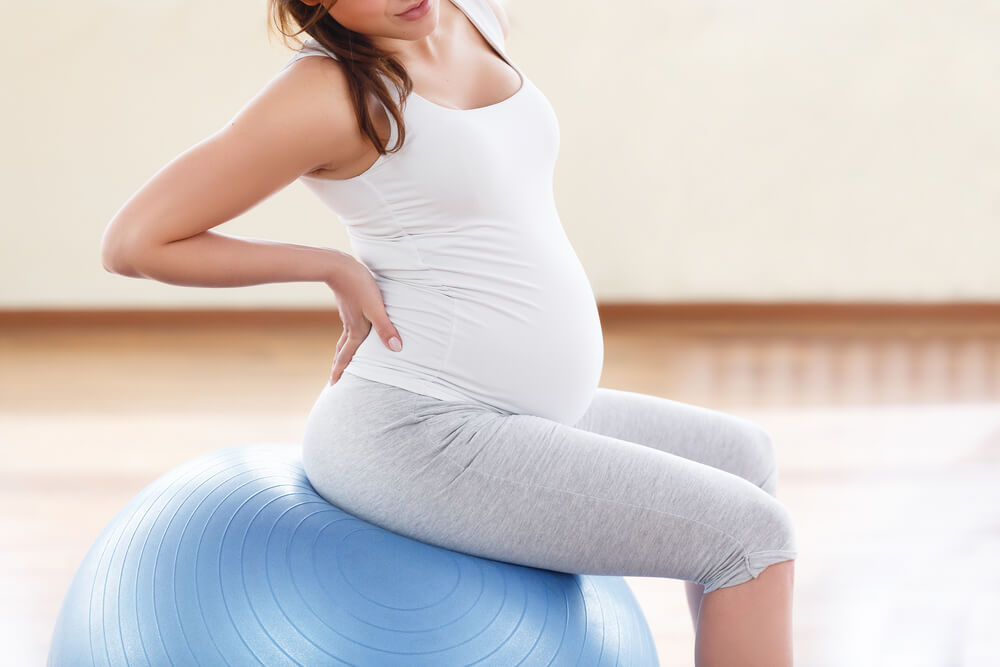Carrying a child for nine months causes all kinds of changes in the human body, and the experience is a bit different for everyone. Some people experience nausea, morning sickness, and changes in their tolerance of specific foods. Most people can expect to feel some aches and pains in their second and third trimester.
Some expectant mothers are surprised to find that tailbone pain is one of the most bothersome symptoms they experience during their pregnancy. In this blog post, we’ll discuss why people develop tailbone pain during pregnancy and how you can find some relief.
How to help tailbone pain during pregnancy
Tailbone pain or coccydynia is common among pregnant people for a few reasons. The coccyx curves underneath the uterus and other pelvic organs, so the weight of the developing baby can put pressure on it. Later in the pregnancy, the body releases hormones that soften the muscles and tissue in the pelvic area. This can make them more sensitive and tender. Pregnancy can also make you shift your posture to accommodate the baby, which can put a strain on your tailbone.
There are some things you can try at home to ease tailbone pain during pregnancy:
- Ergonomic cushions — Sit on an ergonomic cushion or a donut-shaped pillow to take pressure off your tailbone.
- Pelvic floor exercises — Pelvic floor exercises are especially helpful during pregnancy. They can make your body more resilient to physical changes that cause pain and even make labor a bit easier.
- Stretching — Stretching your legs, hips and inner thighs may help with tailbone pain. Try a yoga sequence for lower back and tailbone pain.
- Heat or ice — Hot and cold therapy can help ease pain from a sore tailbone. One may work better for you than the other, and alternating hot and cold can be effective. Try applying an ice pack for 20 minutes and then switch to a heating pad for 20 minutes.
- Posture — Sitting with good posture may take some pressure off your tailbone. Try some posture exercises and do them throughout the day to build your awareness of your posture.
- Sleeping position — Sleeping on your back can worsen tailbone pain — besides, it’s discouraged during pregnancy. Try lying on your side and use pillows to create stability if you’re not used to this position.
How can physical therapy help with tailbone pain during pregnancy?
A physical therapist can provide treatments that help relieve tailbone pain during pregnancy, and they can advise you on how to manage your tailbone pain and other symptoms that cause discomfort at home. Physical therapy for pregnant people usually involves some exercises to strengthen the abdomen, lower back, and pelvic floor and help relax tension in these areas. Having more control over these muscles can help with things like bladder control and prepare you for a better experience during labor. Your PT can also provide manual therapy treatments to help relieve pain and pressure.
At Border Therapy Services, we’re passionate about helping people take control of their wellness during and after pregnancy. Our PTs specialize in treatments and exercise programs that help with various aches, pains, and physical symptoms that can come up during pregnancy.
Are you looking for a partner to help you manage pregnancy-related symptoms like tailbone pain? Call us or request an appointment today. Let’s create your personalized plan to minimize pain and maximize wellness during pregnancy.
